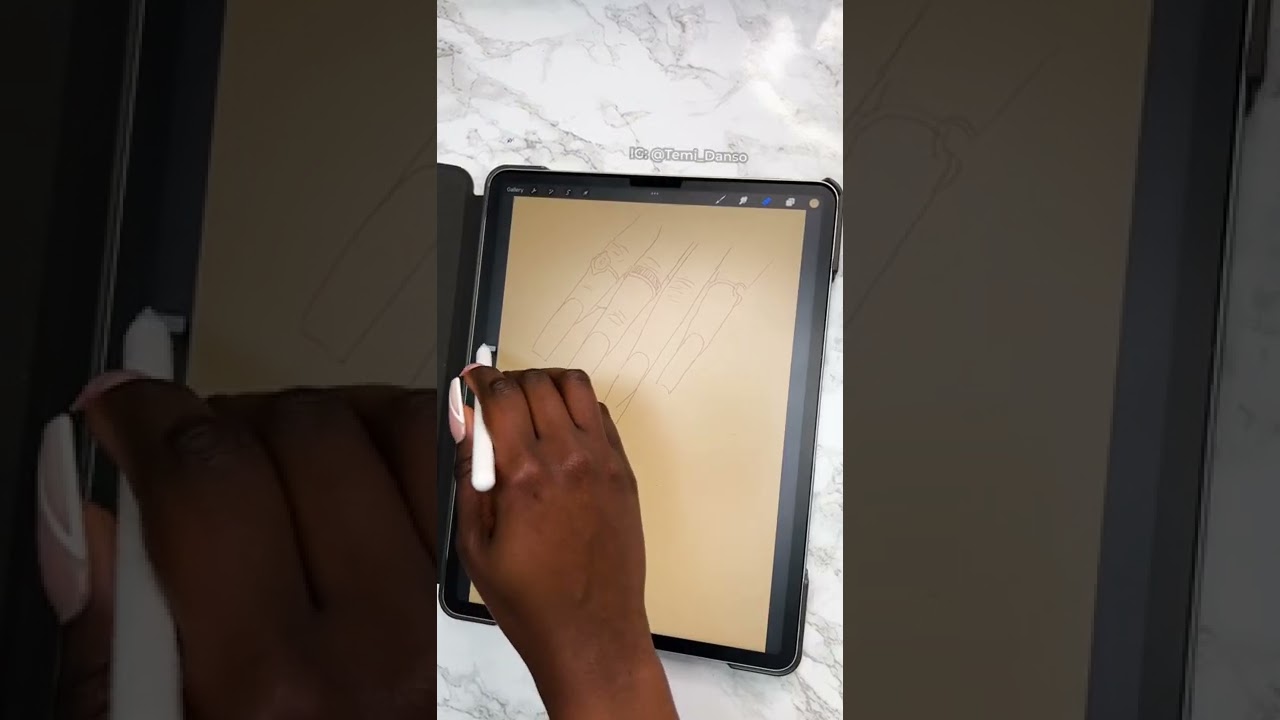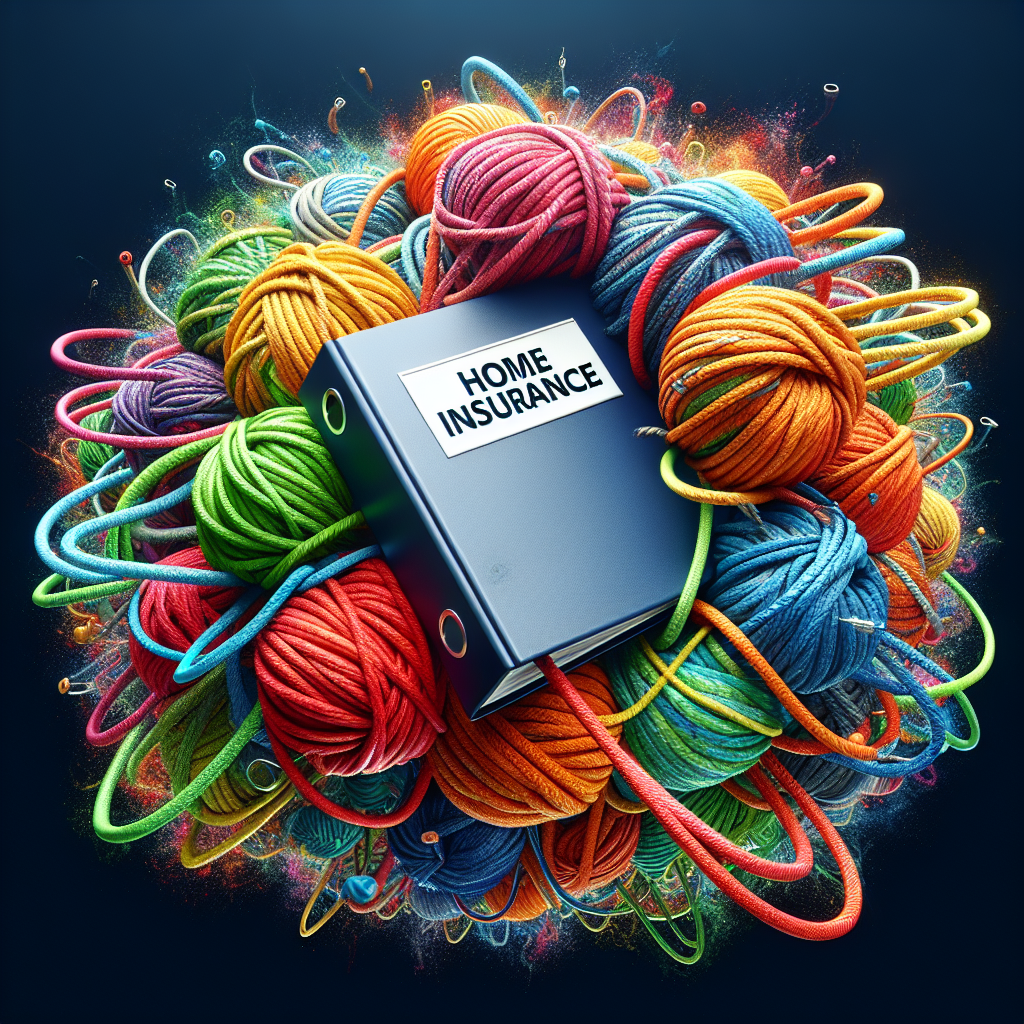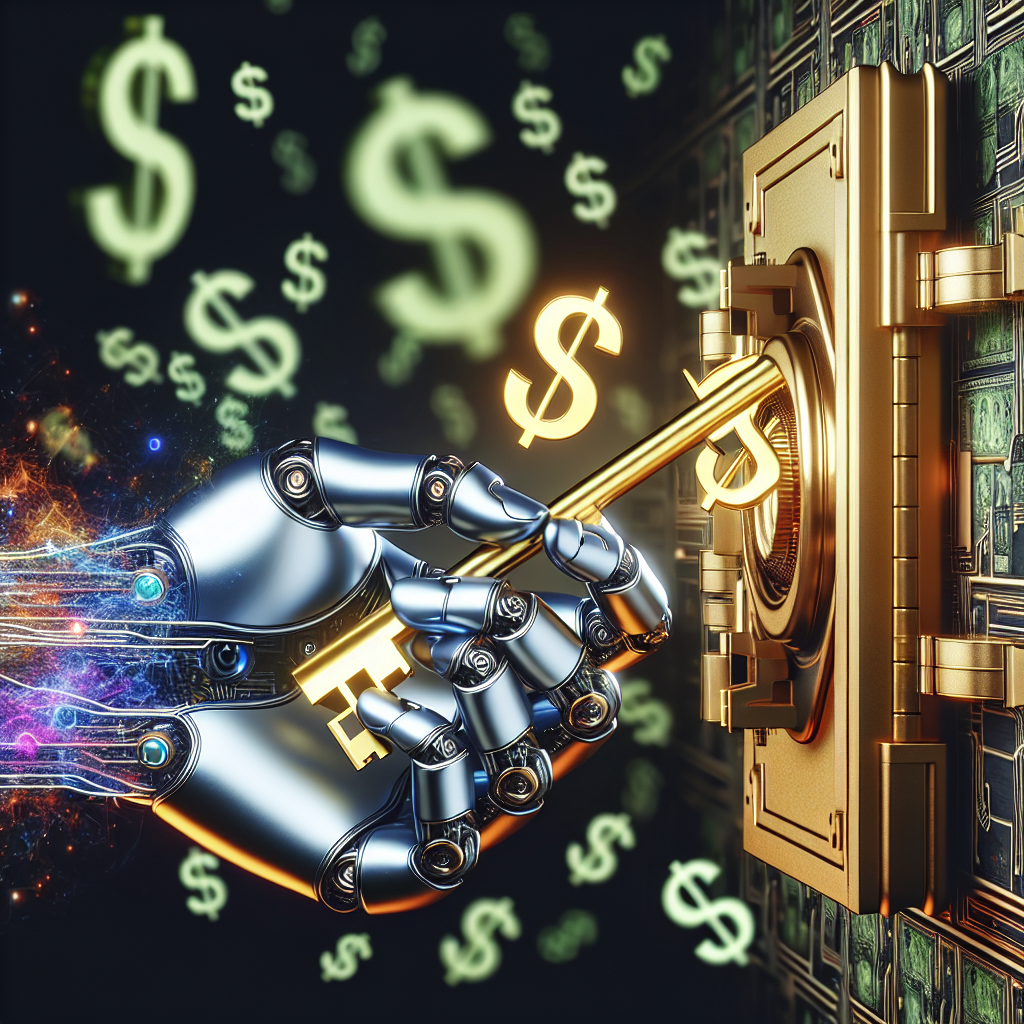As we look to the future, many people are asking if digital art, often sold as NFTs, can take the place of traditional artwork like paintings and sculptures. NFTs, or Non-Fungible Tokens, are special digital items that prove ownership of a piece of art online. They are one-of-a-kind and can’t be replaced with something else, just like a rare baseball card.
Digital art is becoming more popular because it’s easy to share and buy online. Artists can reach more people without needing a gallery. But will this mean that paintings and sculptures become less valuable? Traditional artwork has history and a physical form that many people still love.
Some think that NFTs can live side by side with traditional art. While digital art offers new ways for artists to create, many still appreciate the skill and effort that go into making something by hand. Plus, it’s hard to replace the feeling of seeing a real painting in person.
In conclusion, the future of art might not be about one type replacing the other. Instead, it could be about both forms coexisting. As technology changes, so does our view of art, and the art world is ready for exciting new adventures.
The Future of NFTs: Can Digital Art Replace Traditional Artwork in the Long Term?
In recent years, non-fungible tokens (NFTs) have become a buzzword in the world of art, technology, and finance. But what are NFTs, and how do they relate to digital art and traditional artwork? Let’s dive into this fascinating topic.
What Are NFTs?
NFTs are unique digital assets stored on a blockchain, which is a type of digital ledger. Unlike traditional cryptocurrencies, such as Bitcoin, which are interchangeable (one Bitcoin is the same as another), NFTs are one-of-a-kind and cannot be replicated. This uniqueness gives them value, especially in the realm of art and collectibles.
Understanding Digital Art vs. Traditional Art
- Digital Art: Art created using digital technology. It can include illustrations, animations, and even 3D models.
- Traditional Art: Art created using physical materials like paint, canvas, clay, and paper. This category includes paintings, sculptures, and drawings.
The Rise of NFTs in the Art World
In early 2021, digital artist Mike Winkelmann, known as Beeple, sold an NFT for a staggering $69 million at a Christie’s auction. This event captured worldwide attention and sparked discussions about the future of art. As writer and digital art advocate Kendra Schaefer said, “The sale of Beeple’s NFT was a clear sign that digital art can achieve the same level of recognition as traditional art.”
Can Digital Art Replace Traditional Artwork?
The question of whether digital art can replace traditional artwork is complex and depends on various factors. Here are some of the key points to consider:
- Accessibility: Digital art is more accessible to many people. Anyone with an internet connection can view or purchase NFTs, while traditional art is often limited to galleries and physical locations.
- Ownership: NFTs offer a new way to claim ownership of digital art. Each token is linked to a specific piece of art, proving its authenticity and ownership. In contrast, traditional art can be more challenging to authenticate and track.
- Market Trends: The art market is evolving. More artists are embracing digital mediums, and galleries are starting to include digital artworks alongside traditional pieces.
- Emotional Value: Many people still value the tangible nature of traditional art. The physical experience of seeing a painting in person and the texture of the materials can create emotional connections that digital art may not replicate.
Challenges for Digital Art and NFTs
Despite the opportunities, NFTs and digital art also face challenges:
- Environmental Concerns: The process of creating and trading NFTs can consume a significant amount of energy, raising concerns about their environmental impact.
- Market Volatility: The value of NFTs can fluctuate greatly, leading some to question their long-term stability as an investment.
- Copyright Issues: There have been instances of artists’ work being sold as NFTs without their permission, highlighting the need for better protection for digital creators.
Possible Solutions for a Harmonious Future
To effectively integrate digital art and NFTs into the art scene without completely overshadowing traditional art, several solutions can be explored:
- Improving Environmental Practices: Developers and artists can explore eco-friendly blockchain technologies and methods that consume less energy.
- Education and Awareness: Educating artists and collectors about copyrights and the ethical use of digital art can help prevent exploitation in the NFT market.
- Coexistence of Art Forms: Encouraging collaborations between traditional and digital artists can create innovative art forms that benefit from both worlds.
The Future Landscape
As digital art and NFTs continue to evolve, it is clear that they will play an essential role in the broader art community. However, they may not entirely replace traditional artwork. Art critic Aimee Rizzo puts it well when she states, “Art is about emotional connection, and while digital art offers new avenues, traditional pieces will always hold a special place in our hearts.”
In summary, the future of NFTs and digital art is exciting but also filled with challenges. Whether digital art can replace traditional artwork in the long term depends on how society adapts and responds to these changes.
Q: What are NFTs and how do they relate to digital art?
A: NFTs, or Non-Fungible Tokens, are unique digital assets that represent ownership of a specific item or piece of content, typically stored on a blockchain. In the context of digital art, NFTs serve as proof of authenticity and ownership, allowing artists to sell their work in a new way.
Q: Can digital art completely replace traditional artwork?
A: While digital art is gaining popularity and offers unique advantages, such as ease of distribution and the ability to sell globally, traditional artwork holds an enduring value due to its physical presence and the tangible experience it provides. It’s more likely that both forms will coexist rather than one replacing the other.
Q: What are the benefits of digital art over traditional art?
A: Digital art offers several benefits, including lower production costs, ease of replication, and the ability to reach a wider audience through online platforms. Additionally, it allows for innovative techniques and interactive experiences that traditional art cannot provide.
Q: How does the market for NFTs compare to traditional art markets?
A: The NFT market has seen rapid growth and substantial sales, attracting a diverse range of buyers. However, the traditional art market is more established with historical significance and long-term investors. Each market has its dynamics and audience, making direct comparisons challenging.
Q: Will NFTs remain popular in the future?
A: While the NFT market is currently experiencing significant interest, its long-term sustainability will depend on various factors, such as technological advancements, shifts in consumer preferences, and the regulatory environment. If these factors align, NFTs could maintain their relevance in the art world.
How people think digital art is made������
Q: How can artists benefit from NFTs?
A: Artists can benefit from NFTs by directly selling their work to consumers without the need for galleries or intermediaries, giving them a higher percentage of the sale price. NFTs also allow for the possibility of royalties on secondary sales, providing ongoing revenue streams.
Q: Are there any risks associated with investing in NFTs?
A: Yes, investing in NFTs carries risks, including market volatility, the potential for scams, and the lack of legal protections in some areas. Buyers should conduct thorough research and consider these risks before purchasing NFTs.
Q: How do collectors view the value of digital art compared to traditional art?
A: Collectors’ views vary significantly. Some value digital art for its innovative nature and the possibilities it presents, while others may prefer the traditional art market for its history and perceived value. As digital art continues to evolve, perspectives may shift over time.
Q: What role does technology play in the future of art?
A: Technology plays a crucial role in shaping the future of art, influencing how art is created, distributed, and experienced. Advances in virtual reality, augmented reality, and blockchain technology may continue to transform the art landscape, making it more interactive and accessible.



